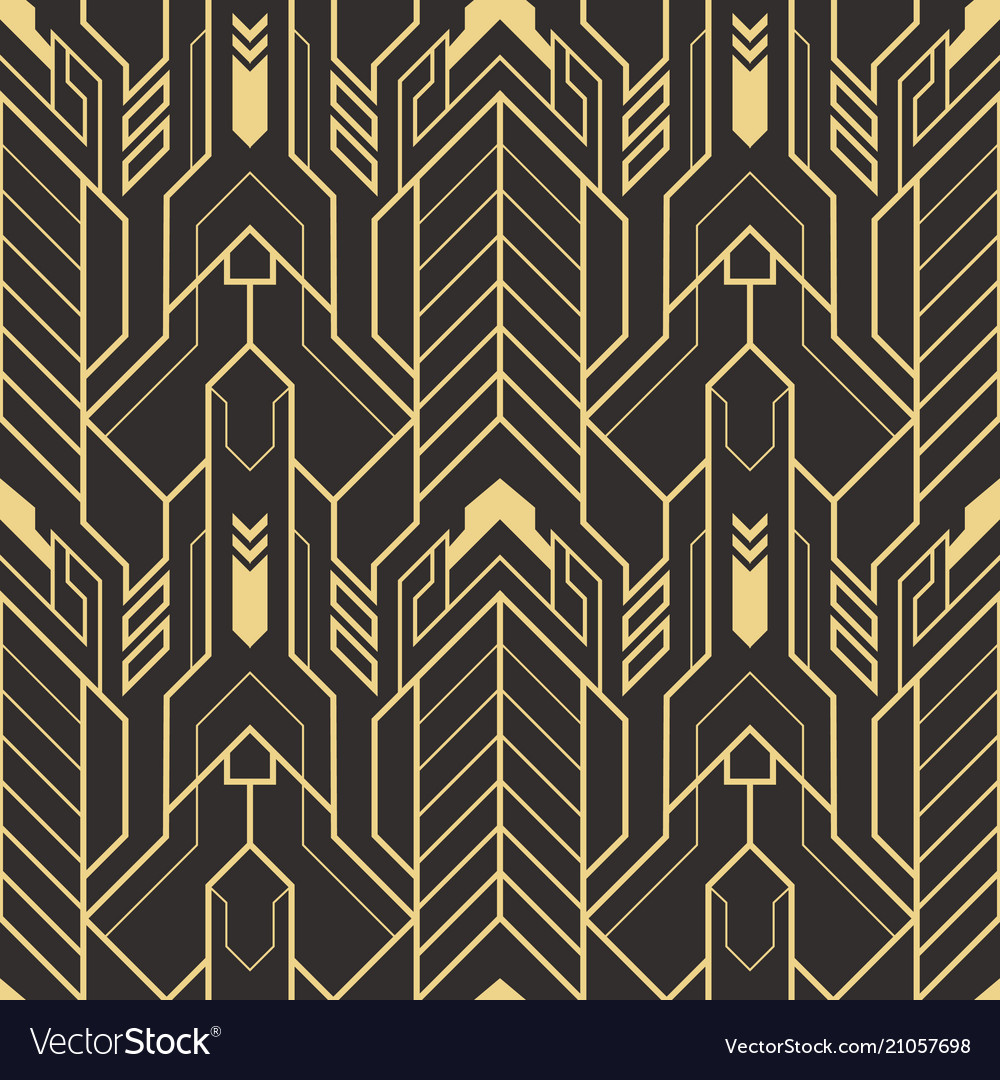

#Art deco patterns series
With the start of the Great Depression in 1929, Art Deco went through a series of transitions as it attempted to survive. Before World War II, Art Deco promoted the lavish lifestyles of the younger generation who were all coming of age after the First World War. The Art Deco period was regarded as a truly hopeful celebration of life, with this passion being seen in all of the artworks that were created. Throughout its popularity, Art Deco patterns were seen as the best representation of the modernist beliefs of progress that were developing. As Art Deco depended on its ability to create beautiful pieces, artists aimed to use the most minimalist and modernist designs to capture the attention of viewers and potential buyers. Combining geometric shapes with exquisitely completed surfaces helped to define the whole concept of Art Deco art. Smiling Through (1932) by Edward Mason Eggleston Edward Mason Eggleston (1882-1941), Public domain, via Wikimedia CommonsĬharacterized by its use of angular, symmetrical, and geometric forms, the Art Deco style went on to create beautifully streamlined artworks that proved to be very in demand. Irrespective of the different creative fields that they were previously working in, Art Deco designers branched out into painting, sculpture, furniture-making, jewelry making, fashion, interior design, and even architecture.

Seen as one of the most stylish and appealing styles in modern art history to occur during these years, Art Deco went on to be embraced by many artists at the time. The Art Deco style gained its reputation in the time between the two greatest international conflicts to occur, World War I and World War II. The new development of contemporary life suddenly looked very different from what it was years earlier, with Art Deco appearing as a fresh style of art that helped guide these features into the new era. With the Industrial Revolution also taking hold at that time, the influence of machinery became very powerful. 2.4 Émile-Jacques Ruhlmann (1879 – 1933)Īt the end of the 19 th century, many artists, architects, and designers demonstrated boredom with the prevailing Art Nouveau movement, which they thought to be quickly going out of fashion.2 Our Top 10 Most Famous Art Deco Artists.


 0 kommentar(er)
0 kommentar(er)
